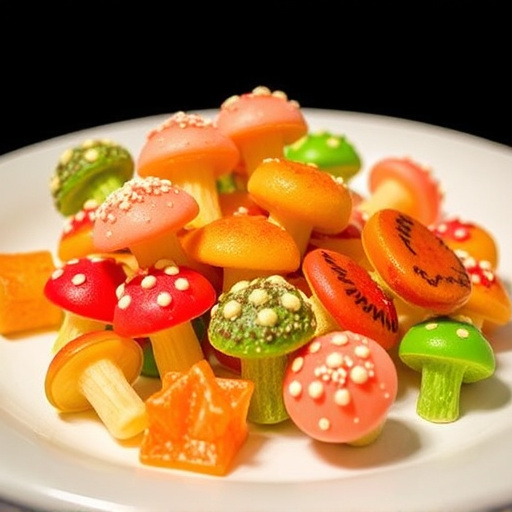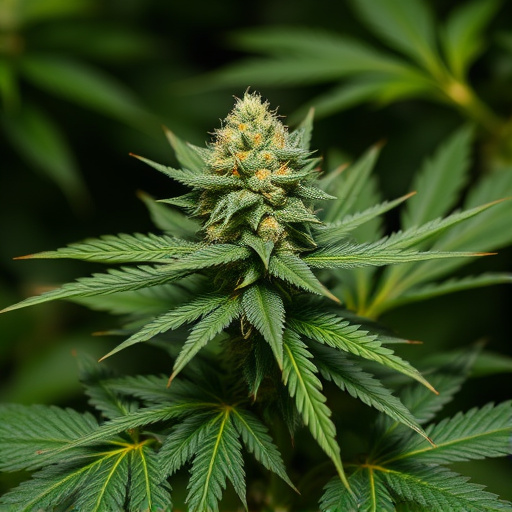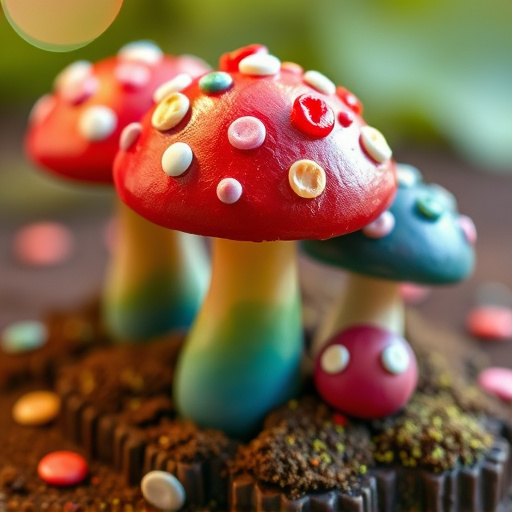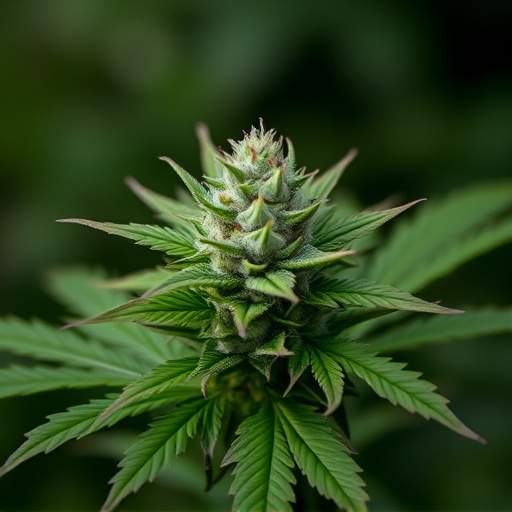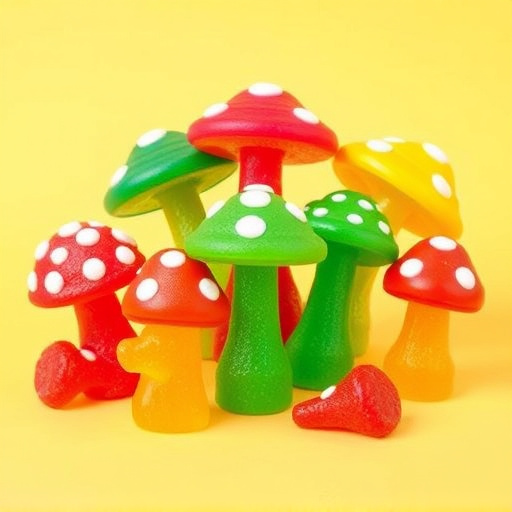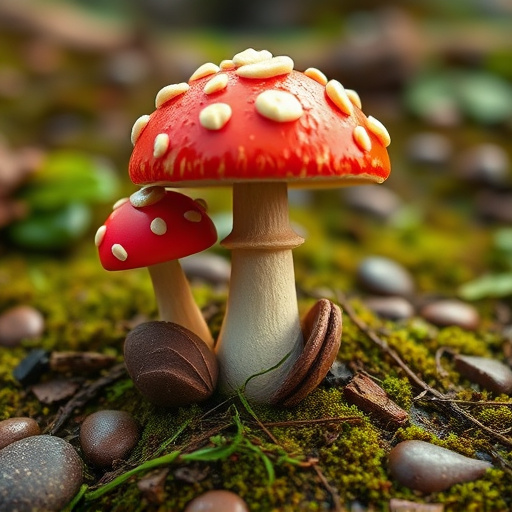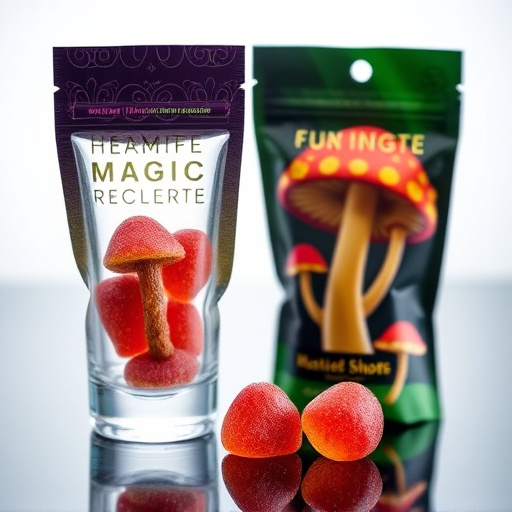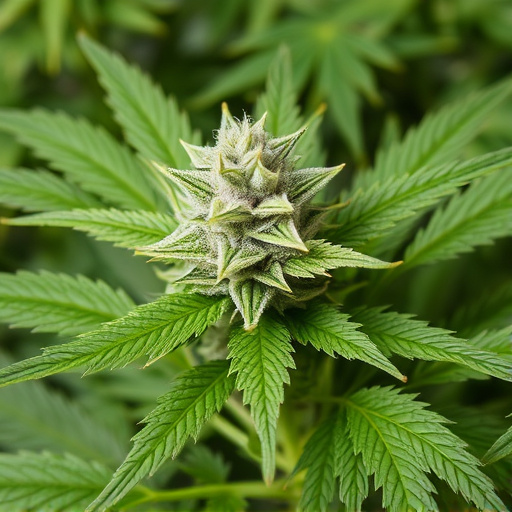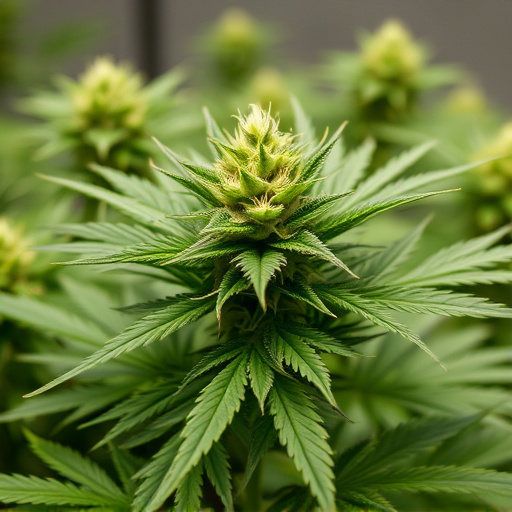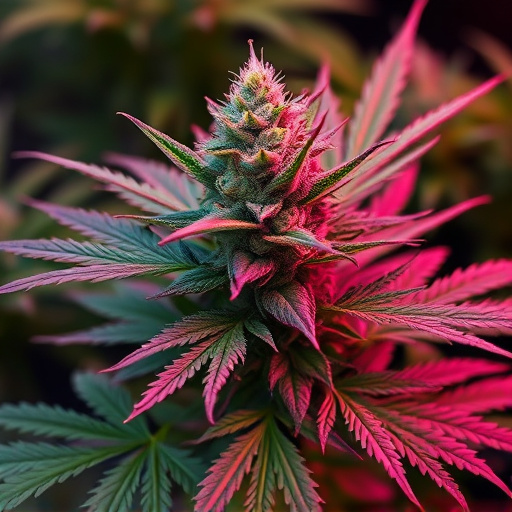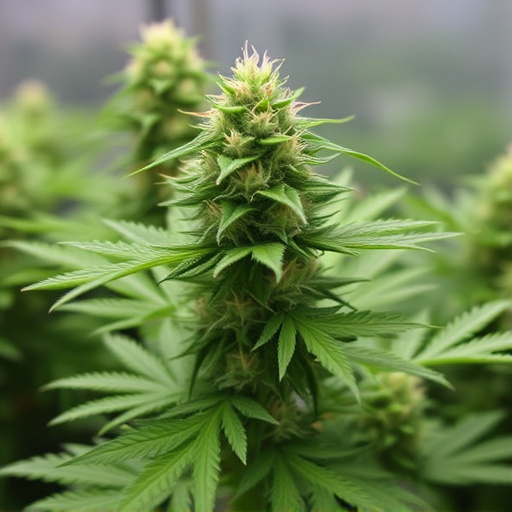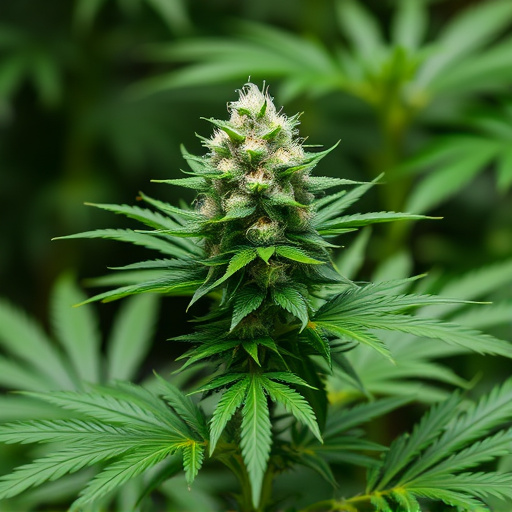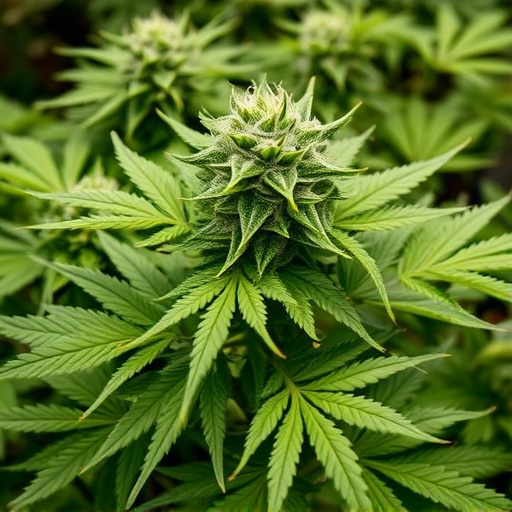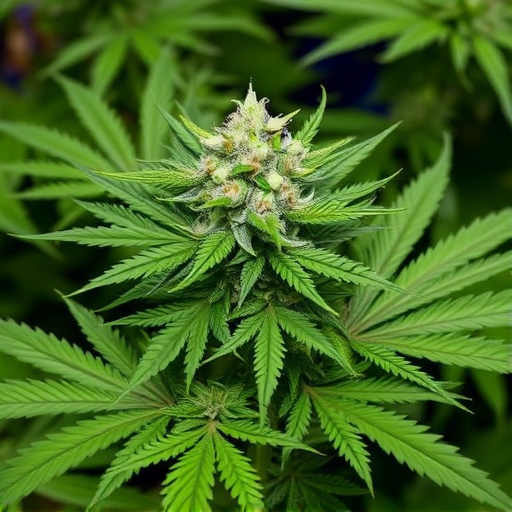Cannabis potency is measured by THC concentration, but color profiles can offer insights into strength and chemical composition. While vibrant green hues are often associated with higher THC levels in easily grown strains, cultivation methods, climate, and genetic makeup also play significant roles. Chromophores influence cannabinoid synthesis, and understanding these principles helps cultivators optimize conditions and select specific varieties for high-potency cannabis production. Maintaining consistent lighting cycles and optimal temperature/humidity enhances terpene production and overall potency in easy-to-grow Indica strains.
“Unraveling the mystique of cannabis potency, this article delves into the intriguing question: does color hold a secret key? While commonly associated with visual appeal, cannabis colors may offer insights into its effectiveness. We explore the science behind cannabinoid production and how chromophores influence potency.
From understanding cannabis potency to cultivating the easiest strains to grow, this guide provides valuable tips for enthusiasts. Discover the natural factors contributing to high-potency cannabis and learn which varieties top the list for simple cultivation.”
- Understanding Cannabis Potency and Color Association
- The Science Behind Cannabinoid Production and Chromophores
- Cultivating High-Potency Easiest Cannabis Strains: Tips and Considerations
Understanding Cannabis Potency and Color Association
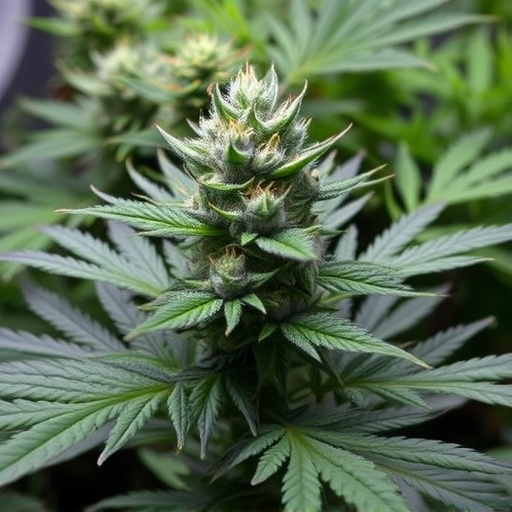
Cannabis potency refers to the concentration of THC (tetrahydrocannabinol), the primary psychoactive compound responsible for the plant’s intoxicating effects. While the level of THC is a key determinant of potency, it’s not the only factor. The unique color profiles of cannabis strains can also offer clues about their potential potency and specific chemical composition.
In terms of the easiest cannabis strains to grow, those with more consistent and vibrant colors often appeal to growers and consumers alike. Bright green hues, for instance, are generally associated with higher THC levels and potent varieties. However, it’s essential to remember that color alone is not a reliable indicator of potency; other factors like cultivation methods, climate, and genetic makeup play significant roles in determining the actual strength of a cannabis strain.
The Science Behind Cannabinoid Production and Chromophores
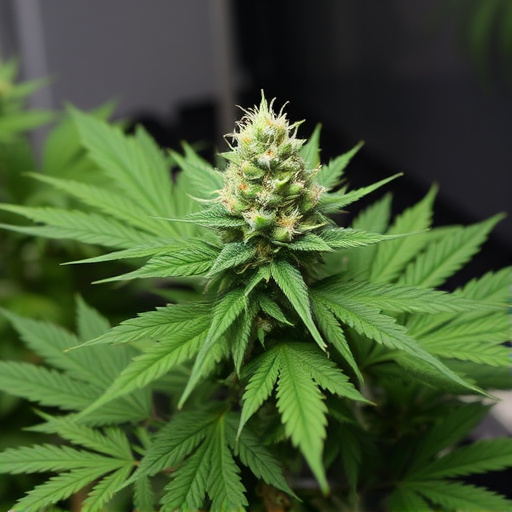
Cannabis plants, scientifically known as Cannabis sativa, produce a diverse range of chemical compounds that contribute to its unique properties and effects. Among these compounds are cannabinoids, which have gained significant attention for their therapeutic benefits. The production of cannabinoids is intricately linked to the plant’s biochemistry, particularly through structures called chromophores.
Chromophores are molecular groups within cannabis plants responsible for absorbing light energy during photosynthesis. This process triggers a series of biochemical reactions that lead to the synthesis of various cannabinoids. Different chromophores, and thus pigments, can influence the concentration and types of cannabinoids produced. As growers strive to cultivate the easiest cannabis strains to grow, understanding these scientific principles is crucial. By optimizing environmental conditions and choosing specific genetic varieties, cultivators can potentially enhance cannabinoid production, offering more potent and targeted effects for consumers.
Cultivating High-Potency Easiest Cannabis Strains: Tips and Considerations
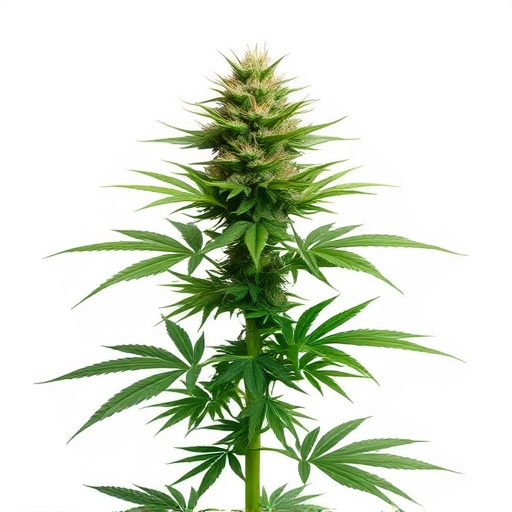
Cultivating high-potency cannabis isn’t just about genetic selection; environmental factors play a significant role, too. Among these, lighting conditions are particularly crucial. Different strains have varying photoperiod requirements—the length of time plants are exposed to light and dark cycles. Understanding these needs is key to maximizing potential.
For many considered among the easiest cannabis strains to grow, such as certain varieties of Indica, maintaining a consistent 12-hour light/dark cycle promotes robust growth and potent yields. This balance ensures plants allocate energy towards developing dense buds rich in cannabinoids. Additionally, controlling temperature and humidity within optimal ranges further enhances terpene production, contributing to the overall potency and aroma of the final product.
While the association between color and cannabis potency has long been speculated, scientific evidence suggests that it’s not a reliable indicator. The true measure of potency lies in understanding cannabinoid production and the role of chromophores. By cultivating high-potency cannabis strains through optimal growing practices, enthusiasts can unlock the full potential of these fascinating plants. Among the easiest cannabis strains to grow for those new to cultivation, focus on varieties known for their robust cannabinoid profiles rather than relying solely on visual cues.
